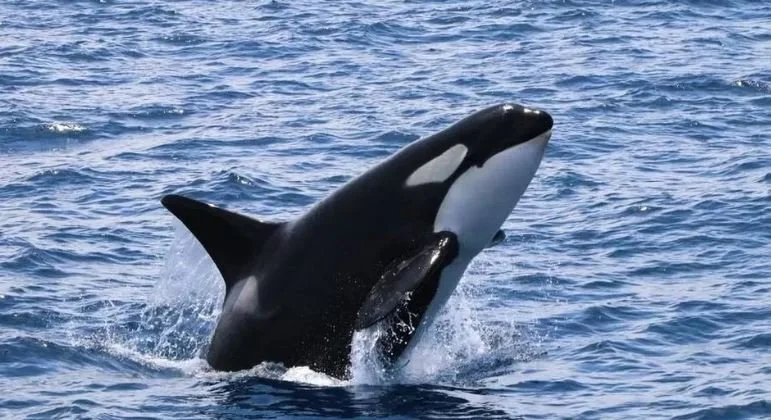Postmenopausal Orcas Play Key Role in the Pod
Only a handful of species undergo menopause – six, as far as we know, including humans and some toothed whales, among them orcas. Researchers are investigating why female orcas live for decades beyond their reproductive years, and it could be to keep the peace among younger members of the pod, especially the males.
“The similarities with humans are intriguing,” behavioral ecologist Darren Croft tells the Guardian. “Just as in humans, it seems that older female whales play a vital role in their societies—using their knowledge and experience to provide benefits including finding food and resolving conflict.” Croft co-authored the research published in Current Biology.
Croft and colleagues inspected thousands of photographs of orcas in the Pacific Northwest dating back nearly 50 years, carefully noting scars on the killer whales’ dorsal fins. Because orcas have no predators (besides humans, ahem), such scarring can only be caused by other orcas. They found that there were far fewer battle scars with an older female present in the pod. With no matriarch, the presence of younger, childbearing-age females had no such pacifying effect.
And younger females do not enjoy such matriarchal protection, as their dorsal scarring remains the same whether there’s a grandma policing the pod or not. It is surmised that the old ladies dote on the males because they represent the best chance of passing on her genes to future generations.
The female orca can live to 90 years old or so – the oldest ever that we know of lived to be 105 in the wild. Females mate and reproduce well into their fifties or sixties, then live another couple decades or more. They put those postmenopausal years to good use.
Photo credit: David Ellifrit / Center for Whale Research








